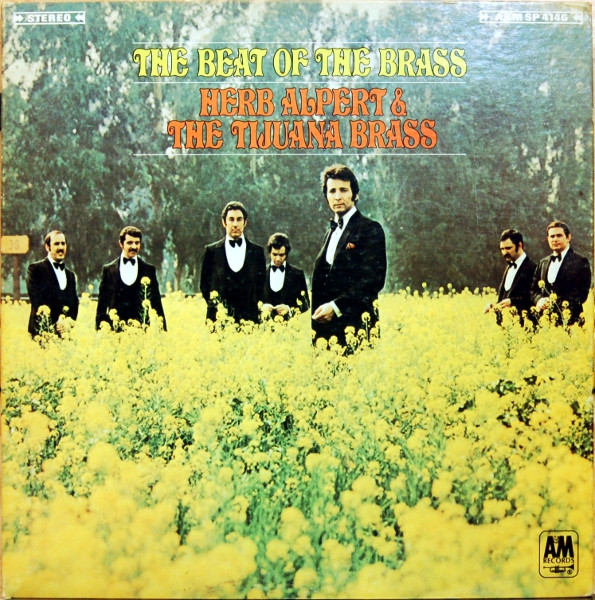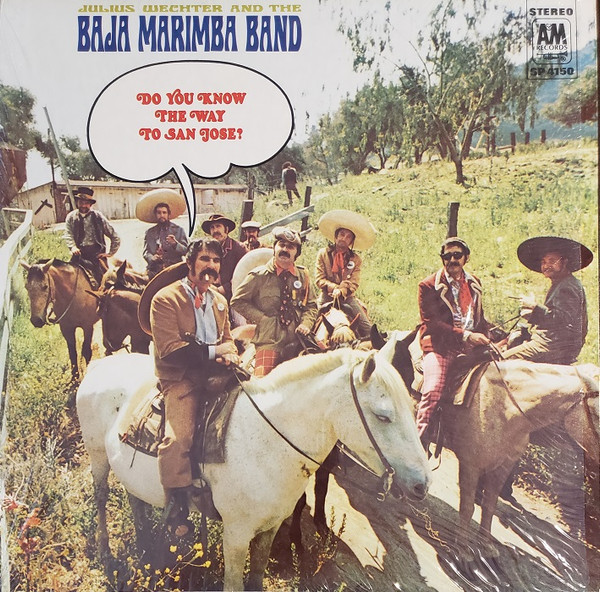JOv2
Well-Known Member
- Year 1968 was a bit of a disconnect for the TjB: On one hand, from a "TjB" standpoint, aside from a Christmas 45, there were only two singles released — both in early 1968 and both missing the Top-40: the novelty, Carmen (#51) and the rather milquetoast Cabaret (#72). Furthermore, as no more Top-40 hits were forthcoming for the group it could be confirmed that from an AM-radio/Top-40 perspective the TjB Tijuana Taxi ran out of gas by early ’68. Yet, from a mass media perspective, including the new LP’s impressive sales figures, the group was as omnipresent as ever. Then there was the "Herb Alpert…vocalist", issue where it could be argued that 1968 marked the beginning of his watershed period — what with his serendipitous and internationally famous #1 vocal single; yet, its followup vocal, To Wait For Love, was a disappointing #51. Furthermore, although the new LP was a #1 hit, its overarching popularity was surely attributed to the inclusion of This Guy’s in Love with You, which wasn’t even a TjB performance. The LP itself was much better than its predecessor with Sol, Julius, and John Pisano delivering top-notch in-house material.
- On the other hand, year 1968 saw the BMB issue an LP of substantial achievement: Do You Know the Way to San Jose? was free of throwaways and marginal material — arguably the first time a BMB LP could claim such an attribute. Coming off of a fine year, Julius for the first time was now fully managing the arrangements and in tandem with new producer Allen Stanton the two seemed to ignite the group to heretofore unknown musical heights. Conjecture suggests that Herb’s presumed in-studio absence may have opened up the overall studio environment in an unplanned manner. Too, with Julius’ name now atop the BMB marquee perhaps he began evaluating BMB music in an increasingly thoughtful and personal manner. In the recently unearthed APR1968 interview (provided by TjbBmb), Julius name checks Stanton equally alongside Herb — so Allen’s involvement cannot be understated. (This is surely the case as he produced The Byrd’s third LP, Fifth Dimension (1966), which has become recognized as a pacesetting production in early psychedelic rock music, so he surely brought contemporary engineering and musical ideas into the studio.)
- Lastly, it could be argued that both groups issued only one LP each in 1968: the TjB’s other release being a seasonal / Christmas-themed album while the BMB’s next LP was apparently largely recorded in early 1969.
- Vote your poll choice and tell us a bit about why you made your selection.
- The Beat of the Brass (SP 4146) — Do You Know the Way to San Jose? (SP 4150)



